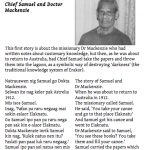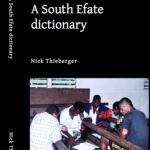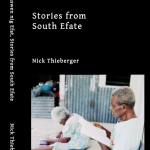Rosey Billington recaps the March Linguistics in the Pub (LIP), a monthly informal gathering of linguists in Melbourne to discuss topical areas in our field.
In Melbourne, the first Linguistics in the Pub (LIP) of 2016 was held on the 23rd March at University Hotel. Our topic was “Guiding language consultants’ individual projects: Negotiating organizational issues in the field”, and the discussion was led by Elena Mihas (James Cook University/U of Wisconsin-Milwaukee).
Linguists involved in language documentation work closely with users of a language to collect data during fieldwork, but there are additional possibilities for engaging in productive work with language consultants, both while the researcher is there, and in between visits. Building on previous LIP discussions of supporting community researchers and models of community engagement, we considered some of the ways scaled-up language documentation work might be implemented, with mutual benefit. Some background information, and links to suggested readings, can be found with the event details.
 Follow
Follow

